
Charles XV or Carl was King of Sweden and Norway, there often referred to as Charles IV, from 8 July 1859 until his death in 1872. Charles was the third Swedish monarch from the House of Bernadotte. He was the first one to be born in Sweden, and the first to be raised from birth in the Lutheran faith.
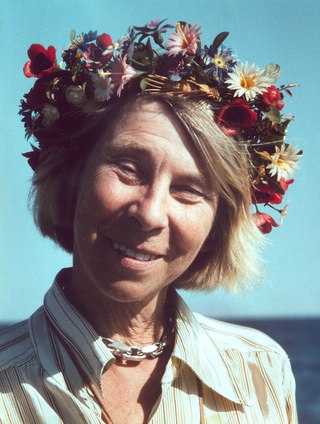
Tove Marika Jansson was a Swedish-speaking Finnish author, novelist, painter, illustrator and comic strip author. Brought up by artistic parents, Jansson studied art from 1930 to 1938 in Helsinki, Stockholm, and Paris. She held her first solo art exhibition in 1943. Over the same period, she penned short stories and articles for publication, and subsequently drew illustrations for book covers, advertisements, and postcards. She continued her work as an artist and writer for the rest of her life.

Sophia of Nassau was Queen of Sweden and Norway as the wife of King Oscar II. She was Queen of Sweden for 35 years, longer than anyone before her, and the longest-serving queen until 2011, when she was surpassed by Queen Silvia. She is also the most recent woman to have been officially Dowager Queen of Sweden.

The House of Bernadotte is the royal family of Sweden since its foundation there in 1818. It was also the royal family of Norway between 1818 and 1905. Its founder, Charles XIV John of Sweden, was born in Pau in southern France as Jean Bernadotte. Bernadotte, who had been made a General of Division and Minister of War for his service in the French Army during the French Revolution, and Marshal of the French Empire and Prince of Ponte Corvo under Napoleon, was adopted by the elderly King Charles XIII of Sweden, who had no other heir and whose Holstein-Gottorp branch of the House of Oldenburg thus was soon to be extinct on the Swedish throne.

Princess Ingeborg of Denmark, was a Princess of Sweden by marriage to Prince Carl, Duke of Västergötland.
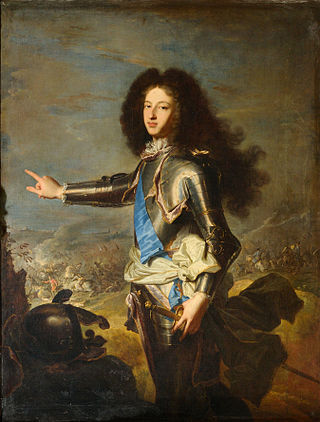
Louis, Dauphin of France, Duke of Burgundy, was the eldest son of Louis, Grand Dauphin, and Maria Anna Victoria of Bavaria and grandson of the reigning French king, Louis XIV. He was known as the "Petit Dauphin" to distinguish him from his father. When his father died in April 1711, the Duke of Burgundy became the official Dauphin of France. He never reigned, as he died in 1712 while his grandfather was still on the throne. Upon the death of Louis XIV in 1715, the Duke of Burgundy's third son became Louis XV.
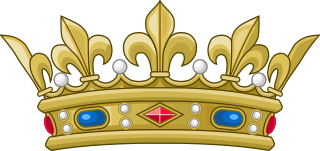
Fils de France was the style and rank held by the sons of the kings and dauphins of France. A daughter was known as a fille de France.
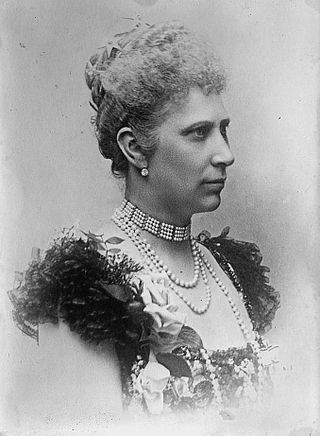
Louise of Sweden was Queen of Denmark from 1906 until 1912 as the spouse of King Frederick VIII.
Carl of Sweden may refer to:

Maria Lovisa Åhrberg or Årberg was a Swedish surgeon and doctor. She was lawfully practicing surgeon long before it became formally permitted for women to study medicine at a university in 1870. Lovisa Åhrberg could be regarded as the first female physician in Sweden with formal permit from the authorities to practice medicine: however, she had no formal training, and the first woman physician with a university degree was to be Karolina Widerström.

Princess Charlotte Amalie of Denmark and Norway was a Danish princess, daughter of King Frederick IV of Denmark and Louise of Mecklenburg-Güstrow.

Marie Mélanie d'Hervilly Gohier Hahnemann was a French homeopathic physician, married in 1835 to Samuel Hahnemann. She was the first female homeopathic physician.
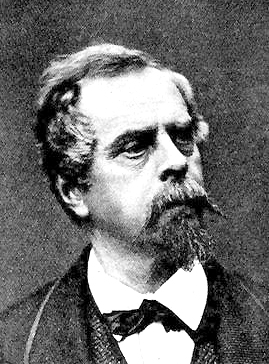
Fritz Ludvig von Dardel was a Swedish diarist, illustrator and early comics artist. He was a courtier, and is known for his diary and illustrations depicting the life of the Swedish court in the mid-19th century.

Hanna Mathilda Winge, née Tengelin was a Swedish painter and textile artist. She was one of the five founders of the Swedish women's association Nya Idun.

Hedda Albertina Andersson, was a Swedish physician. She was the second female student at Lund University and the second university-educated woman physician in Sweden.

Graciosa Maria "Marya" Krasińska, or Maria Beatrix Krasińska, was a Polish noblewoman, aristocrat and landowner. She is known as the controversial marriage candidate of King Charles XV of Sweden in 1871–1872.
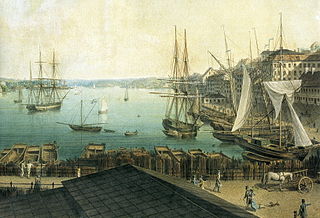
Events from the year 1842 in Sweden

Elna Hansson, was a Swedish cunning woman and feldsher. As a practitioner of folk medicine, she was the first woman feldsher in Sweden.
Early Modern Europe marked a period of transition within the medical world. Universities for doctors were becoming more common and standardized training was becoming a requirement. During this time, a few universities were beginning to train women as midwives, but rhetoric against women healers was increasing. The literature against women in medicine started in the 13th century, and the Early Modern period gave way to a widespread call for licensing and proper training for midwives, which was largely unavailable.

















